
Plastic yachtman's sextant
1970-1975

1970-1975
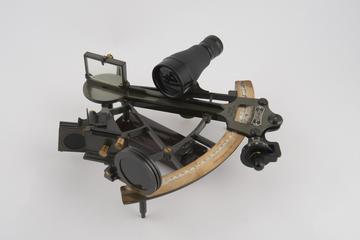
1940-1945

1835-1845

1790-1800

1770-1775

1845-1855

1795-1804

1943-1945

1880-1889

1835-1845
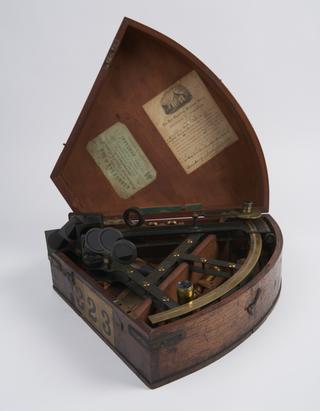
1810-1820

1830-1839
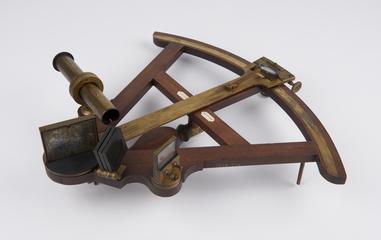
1785-1795

1757-1762


1851-1856
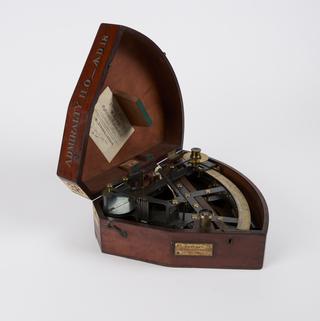
1810-1826

1914-1918

1925-1935

1850-1880

1785-1795

1826-1870

1791

1942-1947


1775-1782

1862-1868
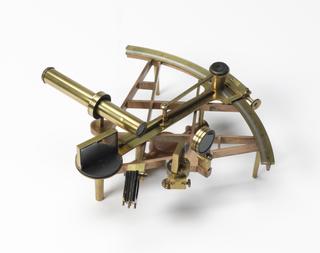
1845-1855

1909
1903-1947
1790-1800
1810-1815
1925-1931
1824-1851
1910-1919
1835-1845
1944
1900-1910